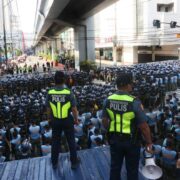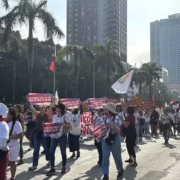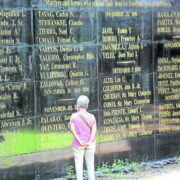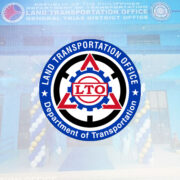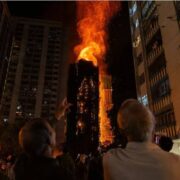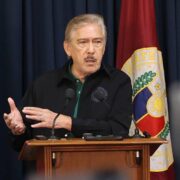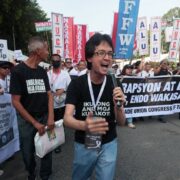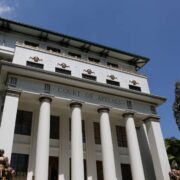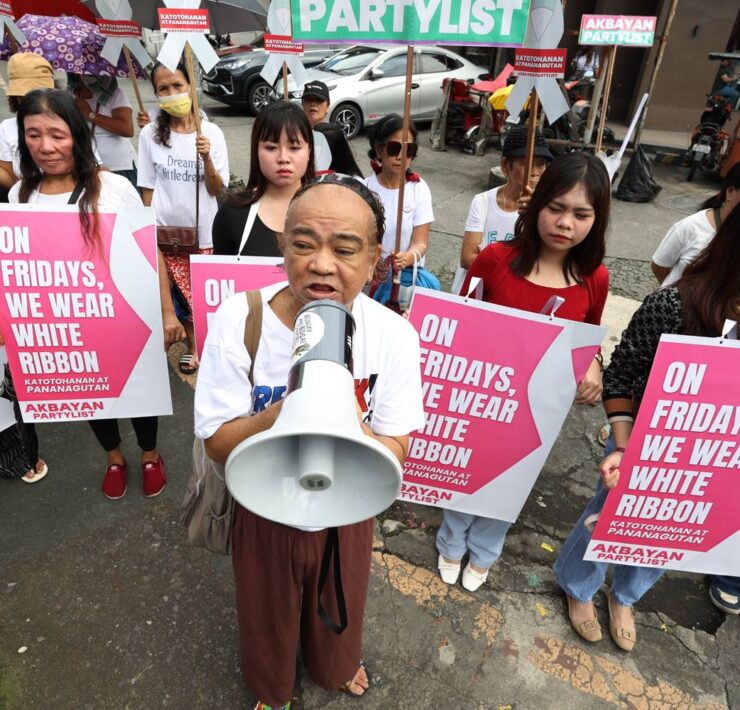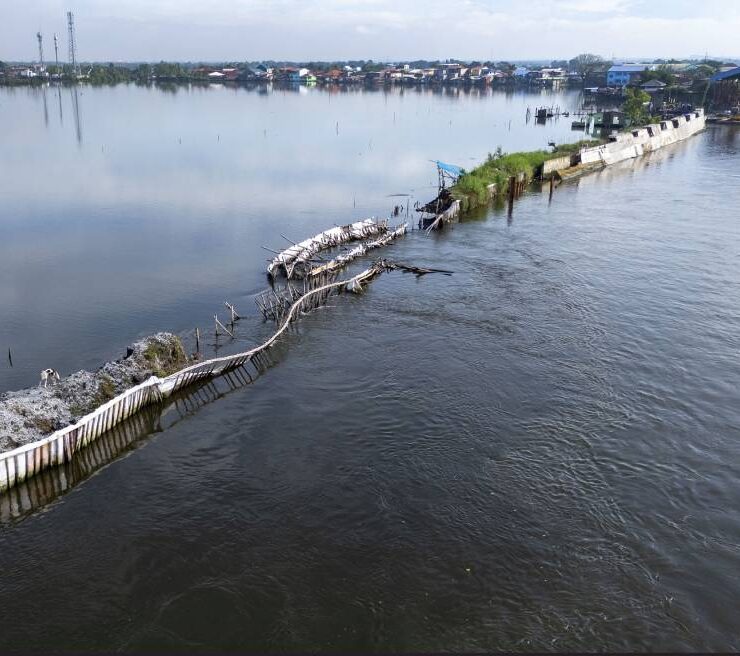Transforming the government, one agency at a time
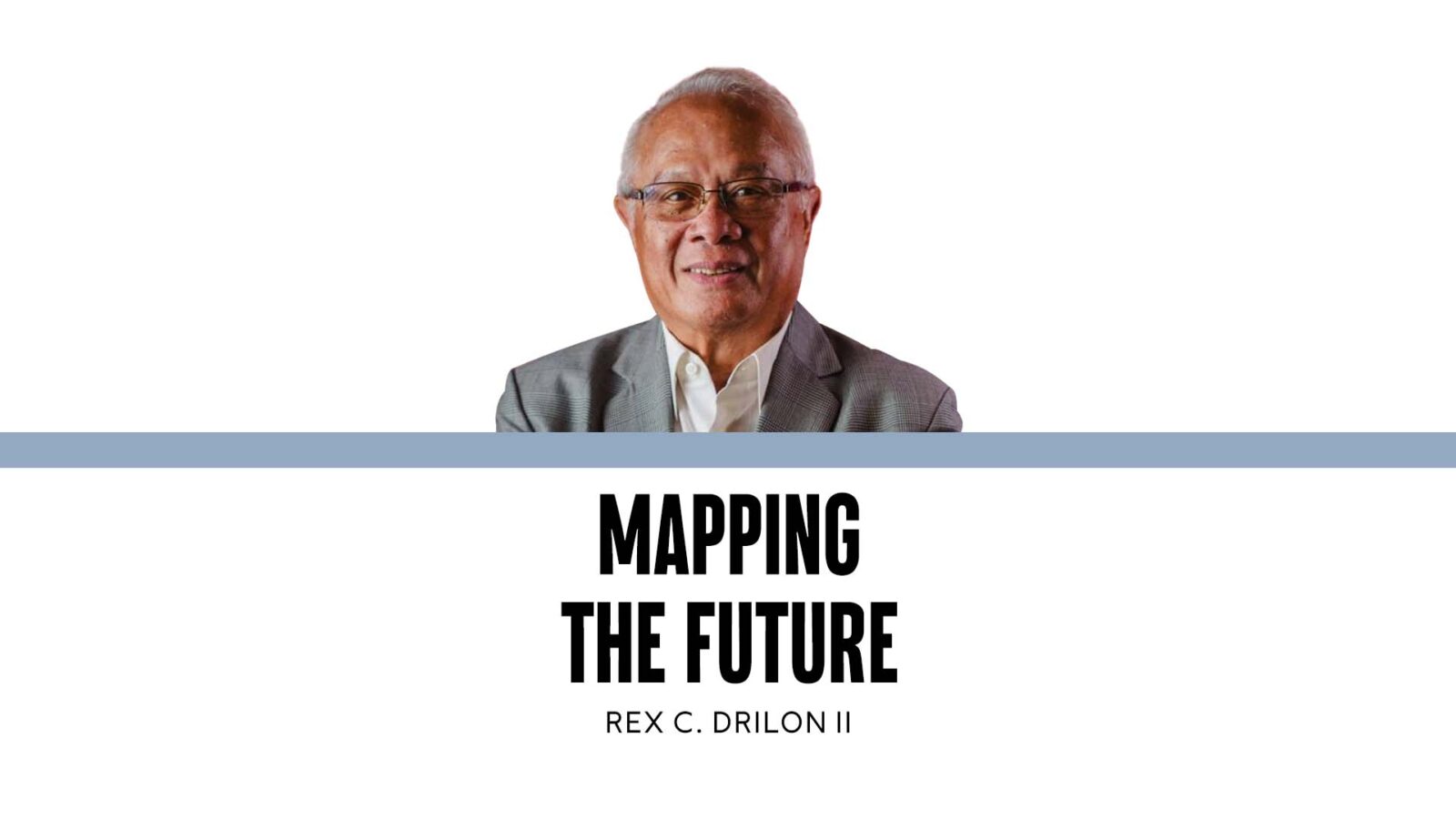
In the last quarter of 2024, the Philippine Daily Inquirer featured an excellent three-part article written by its columnist Michael Lim Ubac, which described the agonizing but courageous attempt by the Philippine National Police to transform itself under their Patrol Plan 2030 into “a highly capable, effective and credible institution by the year 2030.”
For those of us in the Institute for Solidarity in Asia (ISA) who were deeply involved in assisting the PNP craft their audacious transformation roadmap, we were convinced that the PNP, as an institution, was and continues to be sincere in its commitment to become a police force that is eventually trusted, respected and loved by the Filipino people.
That many of the PNP officers and rank and file have committed and are still committing acts inimical to the institution does not deter from the fact that, believe it or not, the 200,000-strong police force is mostly composed of patriotic, courageous, honorable and dedicated public servants.
There had been many attempts in the past to transform the PNP from its controversial past into a practitioner of good governance. The latest effort was made during the last year of the Arroyo administration.
At that time, the Philippine government, because of its image of tolerating widespread corruption, was informed that it stood to lose the $800-million grant of the Millennium Challenge Corp. (MCC).
The challenge then was to convince MCC that the government was serious about curbing corruption and proposed that six of its allegedly “notoriously” corrupt agencies be allowed to present their transformation programs.
Transformation programs
The ISA, led by its founder, former Finance Secretary Jesus Estanislao, was asked to help the six agencies craft their transformation programs. The heads of the six agencies went to Washington to present their ISA-assisted programs to MCC.
The PNP was one of the six chosen agencies and its case was presented by then PNP Chief Jesus Versoza.
After the presentations and due deliberations, MCC concluded that the Philippine government was indeed serious about addressing corruption and gave the grant, albeit in the reduced amount of more than $400 million, which were used for the various infrastructure projects of the government.
A big portion went to the Samar provinces where, at that time, the insurgency problem had grown because of, among others, very poor infrastructure and high poverty levels.
The PNP afterwards decided to institutionalize the transformation program and so the Patrol Plan 2030 was born.
PNP chief Nick Bartolome, with the help of ISA, carried on and formalized the program into the PNP Roadmap to year 2030 using the ISA methodology called the Performance Governance System (PGS).
All PNP chiefs after Bartolome continued supporting the Patrol Plan 2030, which was constantly updated and refreshed.
PNP had succeeded to complete all four phases of the PGS, not only at the national headquarters but had cascaded the PNP transformation strategy and the performance scorecard to all the regional, provincial, city and municipal police offices.
Each of these offices also organized a multi-sectoral governance council (MSGC) representing their respective stakeholders, which advised the PNP chief and the subsidiary police chiefs at the national and local levels.
As of last count, more than 15,000 MSGC members had volunteered to serve and these MSGCs had been providing continuous feedback to PNP on how the stakeholders are perceiving PNP’s performance in their respective areas.
The complex, laborious and difficult task of cascading the PNP strategy and performance scorecard and support of the PNP leadership could not have succeeded without the PNP’s Center for Police Strategy Management (CPSM), which was headed for some time by retired Police Brig. Gen. Noel Baraceros.
Police protocols
I was privileged to have served as chair of the agency’s national multi-sectoral governance council called the National Advisory Group for Police Transformation and Development (NAGPTD) from PNP chief Nick Bartolome to Rolando “Bato” de la Rosa.
I “retired” after realizing that I could not convince the leadership then to stop the extrajudicial killings (EJK) and to strictly observe established police protocols in apprehending suspects. The last straw was the cold-blooded killing of Leyte Mayor Espinosa in his jail cell.
And so, Patrol Plan 2030 is alive and kicking despite PNP’s role in many controversial issues, such as the EJK, the Mamasapano tragedy and some other unpleasant incidents, including cases of corruption and drugs.
The PNP will always have scalawags and Judases in its midst as in most human organizations.
But these errant policemen and officers will not stop the patriotic, courageous and honorable men and women of the PNP and the PNP battleship from reaching its eventual destination captured in their vision statement to be “a highly capable, effective and credible institution by the year 2030” and, if I may add, eventually a police force that is trusted, respected and loved by the Filipino people but also feared by the criminals in our midst.
We are sharing the ISA version of the on-going PNP transformation story to add to the excellent article of Mr. Ubac as an example of the more than 200 ISA-led transformation programs happening in national government agencies, local governments, government regional and provincial hospitals, government schools and colleges and government-owned and controlled corporations.
Anniversary
ISA will be 25 years old in 2025.
In that span of time, it helped 200-plus government institutions develop their transformation road maps and performance scorecards using its copyrighted PGS.
ISA actually helped two national and four local government agencies reach the elite circle of the Global Hall of Fame Awardees (for Good Governance) given by the Palladium Group, a think tank established in Harvard by Dr. Robert Kaplan and Dr. David Norton, the inventors of the Balanced Scorecard Framework for strategy design and execution which framework ISA uses for the PGS.
The Philippine Navy and the Philippine Army became Global Hall of Famers as did the cities of Iloilo (led by Mayor Jerry Treñas), San Fernando, Pampanga (led by then Mayor Oscar Rodriguez), San Fernando, La Union (led by then Mayor Mary Jane Ortega), and Balanga (led by then Mayor and now Gov. Joet Garcia).
There are several hundred national government agencies, almost 2,000 provinces, cities and municipalities and more than 42,000 barangays.
Many, if not most of them, need help in governance and in crafting their own transformation road maps and performance scorecards.
ISA has very limited resources, being a not-for-profit organization, but it knows it has to do more to improve the governance regime in the country.
Fortunately, four local companies so far have recently pledged to support the acceleration of ISA’s advocacy work (BDO, BPI, Cebu Landmasters and DMCI).
Hopefully, by next year, there will be more local and foreign donors and grant providers to support our cause.
An ancient Chinese philosopher, Lao Tzu, founder of Taoism, once said, “A journey of a thousand miles begins with a single step.”
ISA has taken that first step.


